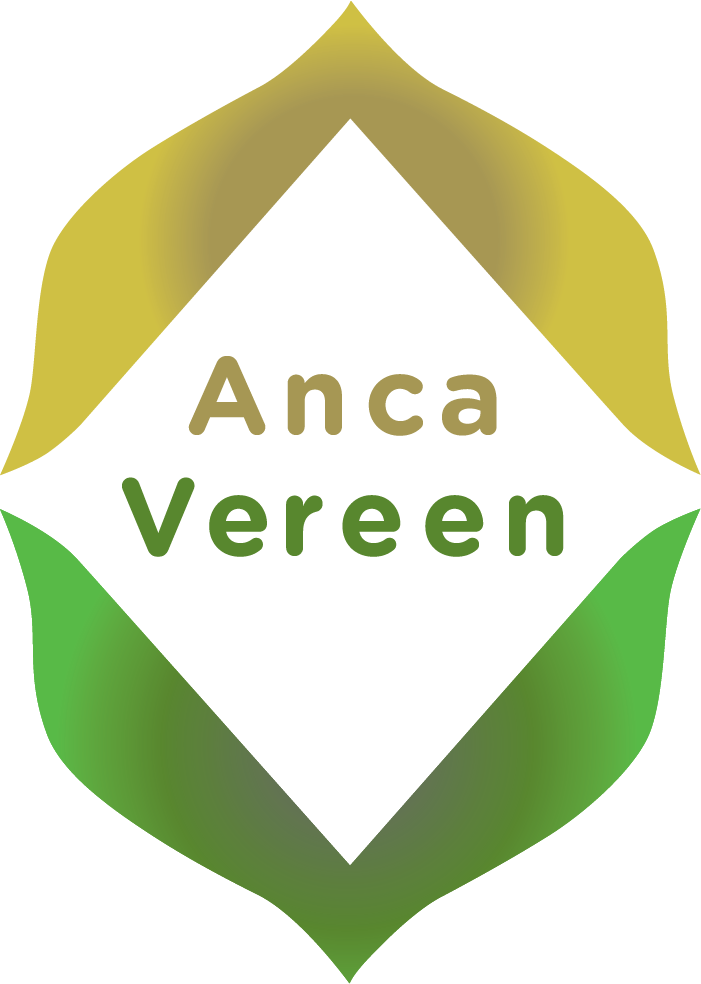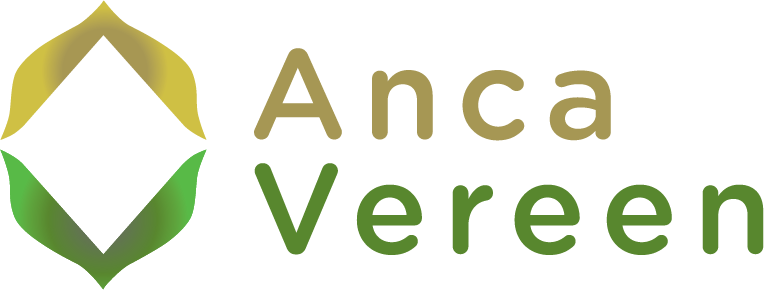Learn how to breathe properly with this breathing guide
How to breathe for proper oxygenation of body tissue

Do I Really I have to learn how to breathe? Don't I already know how to do that?
Have you heard of the term "Breathwork"?
Breathwork is a term closely associated with better health as people are becoming aware that
better breathing techniques are required not only for exercise, but also for meditation, stress relief and of course general health and wellness.
Many people are surprised to learn that that they don't actually know how to breathe and be in sync with their bodies. When your body runs on stress (fight or flight activation, sleep deprivation, inactivity, poor diet, dehydration, chemical exposures etc.) the respiratory system is the first one to be impacted. In this stressed state most people will shallow breathe or hold their breath.
They breathe in their chest, exhale through their mouths and engage in irregular breathing patterns that lead to mild or severe forms of hyperventilation.
You can read more about the
Breathwork that we do within my clinic.
Did you know that most people experience mild hyperventilation daily but are not aware of it?
Hyperventilation results from shallow, chest and through-the-mouth breathing which changes your PH level and leads to reduced body oxygenation, acidity and accompanying poor health. This includes weight gain, headaches, low energy, altered metabolism, poor digestion, dull and dry skin and rapid aging.
Conscious breathing - What to do
Changing your breathing habits doesn't happen overnight and it is important to implement the following steps gradually and with kindness to yourself.
- NASAL BREATHING
- You should always inhale and exhale through your nose. During the day, night and even when exercising.
The function of your nose is to filter, humidify and warm the air. Any pathogens are usually trapped in the nose cilia. When you exhale through the nose you remove anything trapped in there. Further, nose breathing helps produce nitric oxide which is an important vaso-dilator, supporting good circulation. The benefit of nose breathing is that you will retain more CO2 which is an antioxidant, antibacterial, antiviral, and anti-inflammatory gas. - LOW BREATHING - You should breathe low using your diaphragm. If you place a hand on your chest and one on your belly button, when you inhale the belly button hand should be moving first. This is how breathing should feel during the day.
- Diaphragmatic breathing provides ongoing massage to your digestive tract and auxiliary organs like liver and pancreas. This will help improve digestion, assimilation, detoxification and also assist with constipation.
- To ensure this takes place you will need to work on maintaining a good posture (upright, no slouching at all times).
- SLOW BREATHING - You should avoid big breaths or rapid breathing which can easily turn into hyperventilation. Aim to keep to 6 breathes per minutes. This can be achieved by following the 3-5-2 exercise below.
- RHYTMIC BREATHING - You should aim to breathe in the same rhythm at all times. Please note that when focused or stressed most people stop breathing. Pay attention to how you breathe when focused or performing a task such as writing an email. The 3-5-2 exercise will help you achieve this.
Breathwork Steps - THE 3-5-2 EXERCISE
Practice breathing slow, low, rhythmic and nasal breathing daily.
As you do this you may experience pressure build up in you nasal cavities and forehead which in some people can lead to tension headaches and feeling a kind of anxious. If that happens please know it is normal. If too uncomfortable you can reduce the frequency.
Practice the 3-5-2 breathing exercise daily as this should become the new normal rhythm of breathing. Use this breathing rhythm particularly when feeling stressed, in pain or having difficulties relaxing and sleeping.
- Inhale through the nose for 3 seconds
- Exhale through the nose for 5 second
- Hold for 2 seconds
If you would like to explore more breathing techniques - book in for a breathing exercise workshop or book a 1:1 consultation.
Anca Vereen is an Accredited Practising Dietitian and Nutritionist, Psychotherapist, Breathing Coach and Nutrigenomics Lecturer for Latrobe University who specialises in stress management, weight loss and health and lifestyle optimisation.




